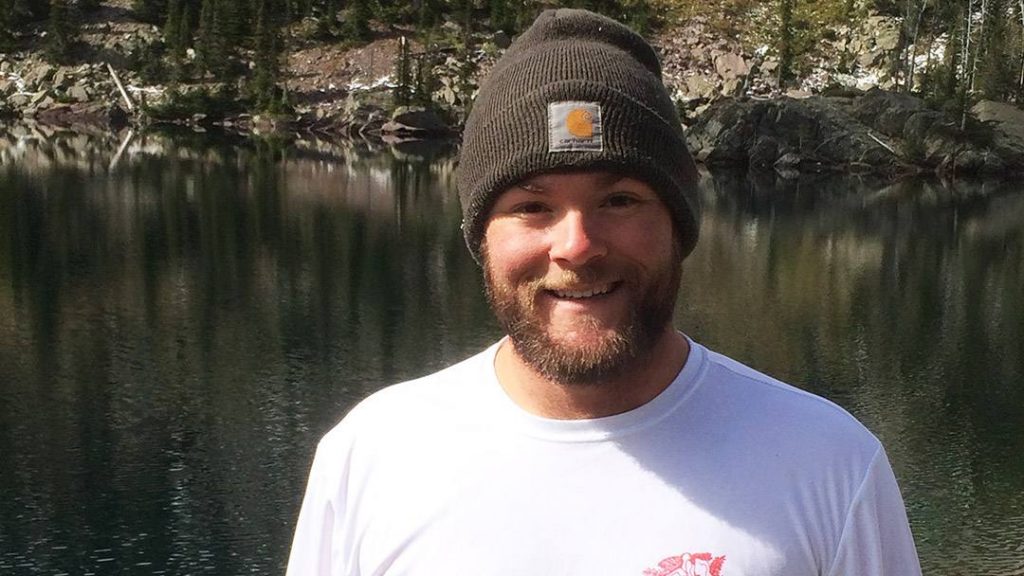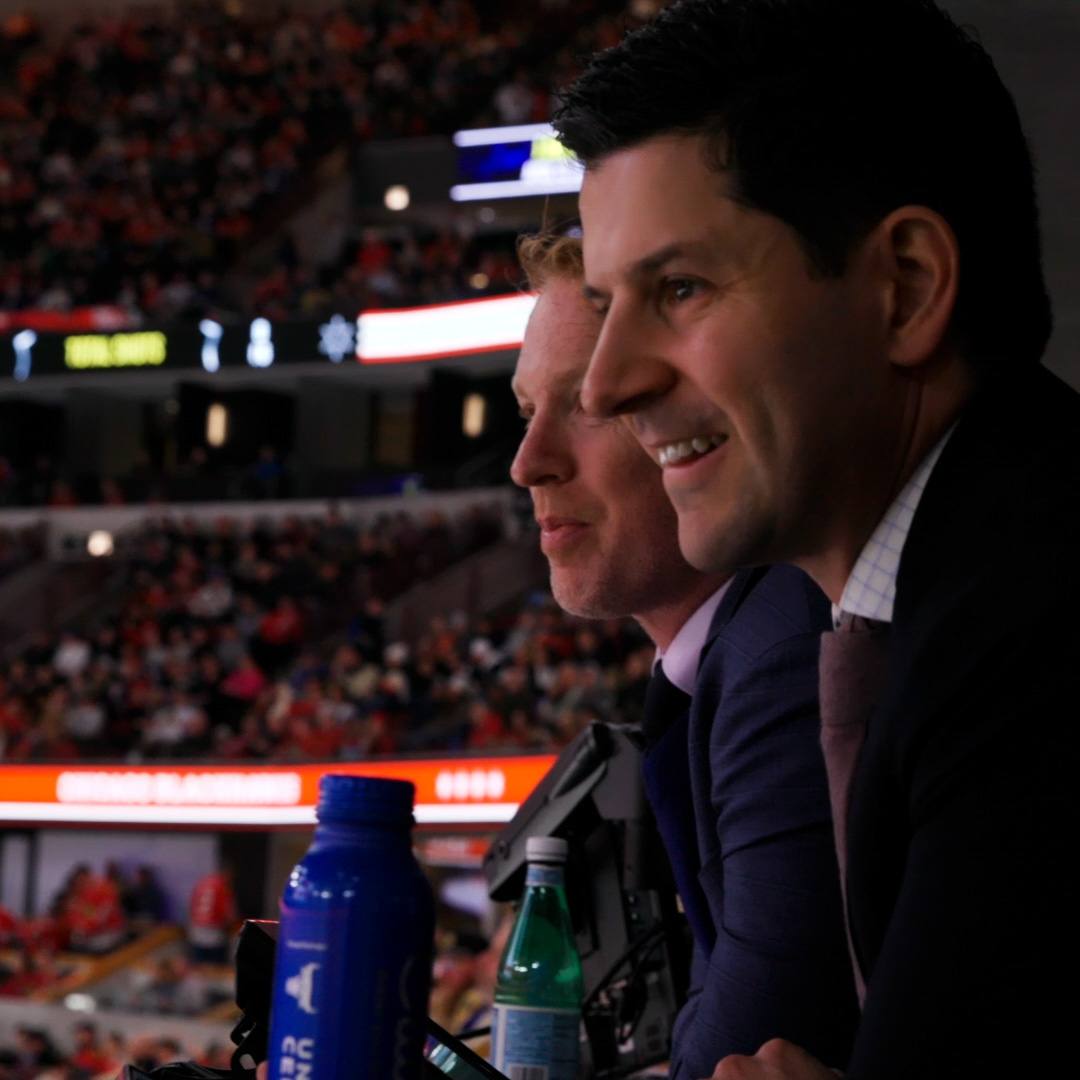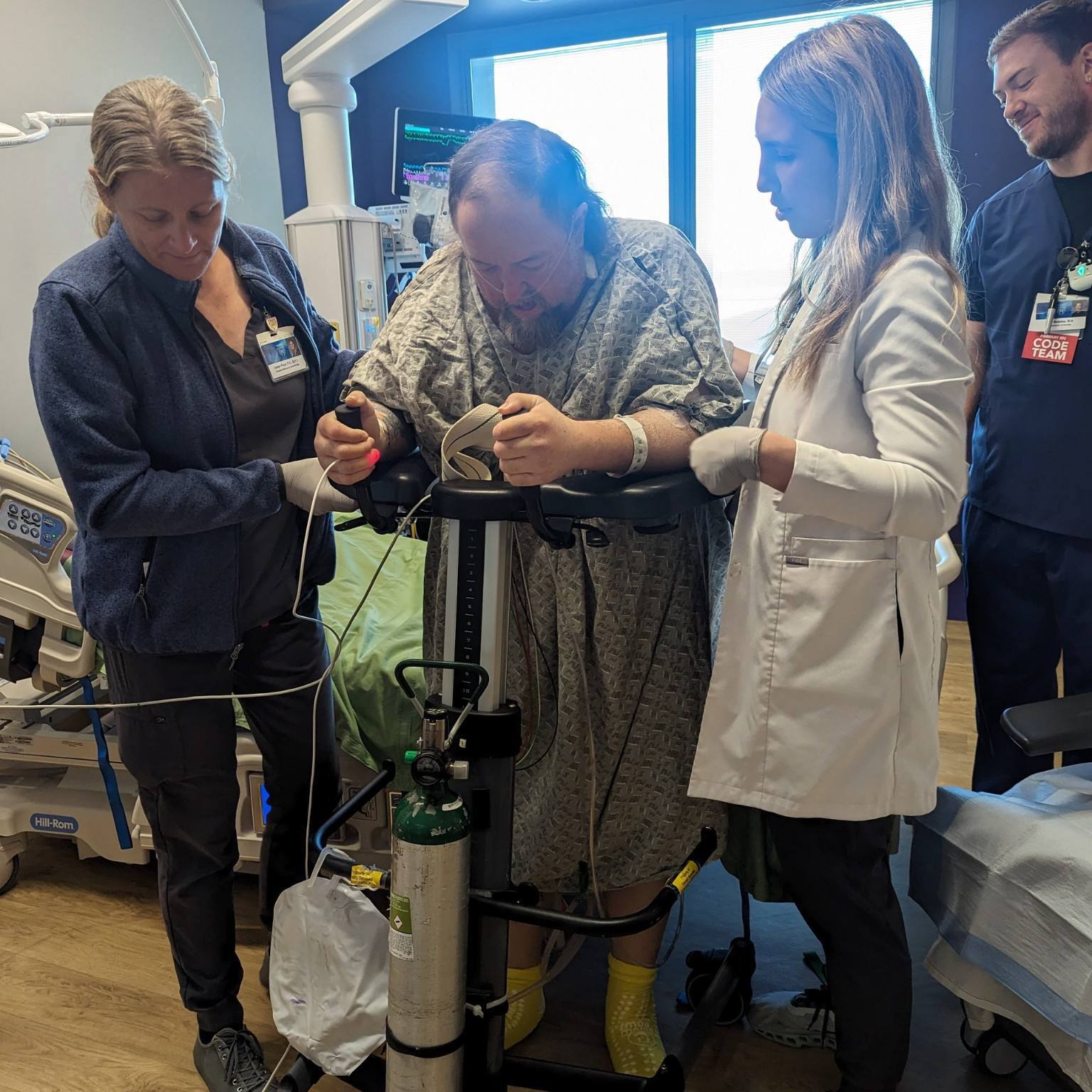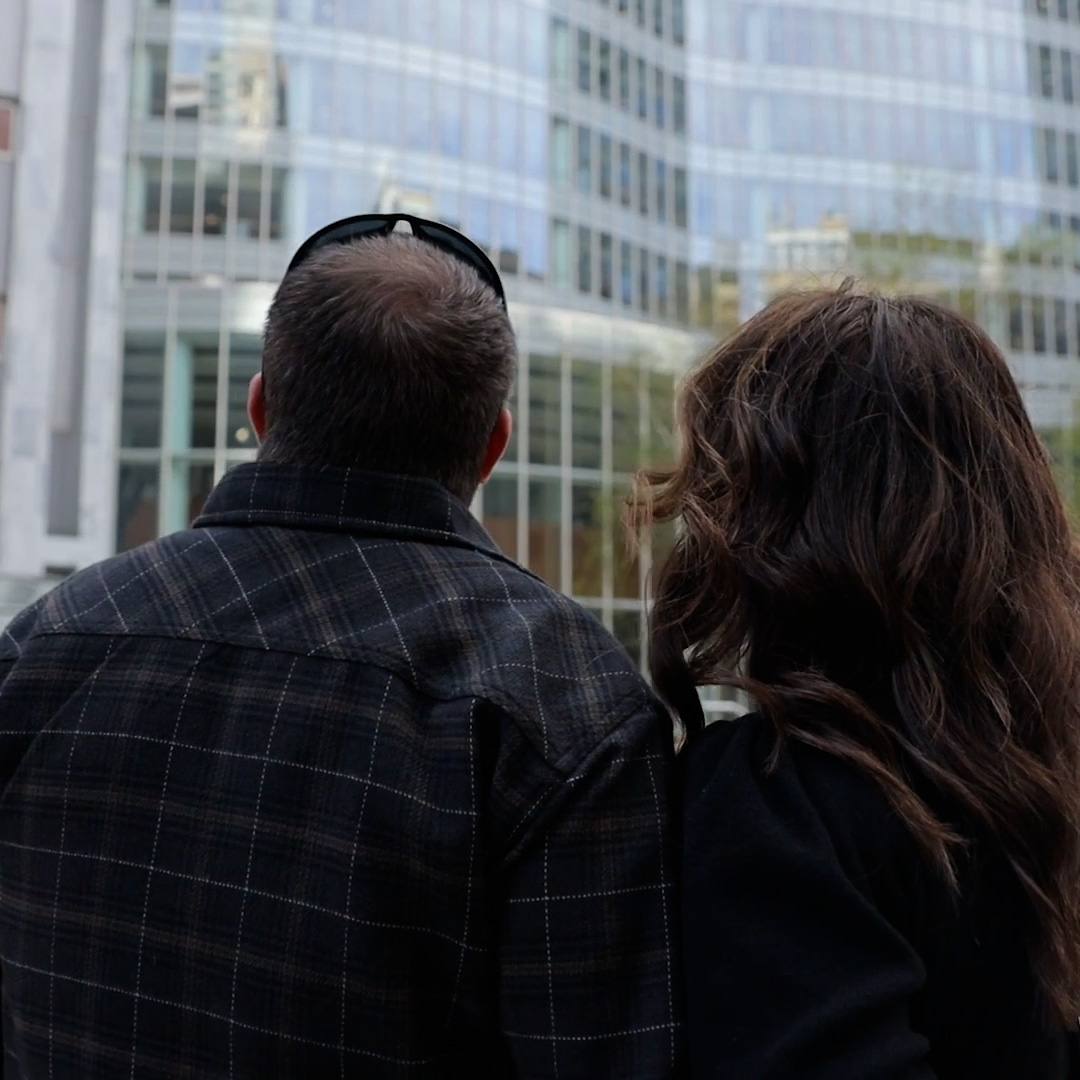
Woody Hust, an athlete and outdoorsman, is living his dream in the Rocky Mountains. It's a picture-perfect existence made even more special because he's achieved his goals despite having a congenital heart defect. Thanks to the lifelong, personalized care Woody's received from his Mayo Clinic cardiologist, the sky continues to be the limit for him.
For nearly as long as he's walked, Woody Hust has skied. Fitted into his first pair of skis at just 17 months by his ski instructor parents, he grew up on the slopes. By his teen years, his talents and love of the sport had propelled him to competitive racing, where he qualified for the Junior Olympics when he was 15.
"It's probably my biggest passion," says Woody, who's now 25. "I don't know what I would do without skiing. When I'm skiing, I'm just in my happy place."
Woody's devotion to the sport and savvy on the slopes are all the more remarkable because he was born with a congenital heart defect. The condition, called critical aortic valve stenosis, has required him to undergo five open heart surgeries — three of them at Mayo Clinic.
While many factors contribute to Woody's athleticism, the encouragement of his parents and the supportive care offered by his Mayo Clinic pediatric cardiologist Allison Cabalka, M.D. — who became Woody's doctor when he was in utero — rank high on the list of reasons for his continued success.
"I'm lucky," says Woody, who lives in Whitefish, Montana, and works as a ski instructor and a forester for the state of Montana. "I've come a long way, and I've gotten to do everything I've wanted to do, and I credit that to Mayo Clinic. I feel fortunate to be able to get the care that I've gotten at Mayo."
As is the case with some people who have congenital heart defects, Woody lives with activity restrictions to protect his heart health. In Woody's case, those restrictions have been carefully developed through years of testing his limits.
"Woody has always been an avid outdoorsman and athlete with downhill skiing, and now living in Montana with outdoor activities and working in the forest industry," Dr. Cabalka says. "I think he's coped very well with his limitations. He might be a little superhuman."
Treating a life-threatening defect
Woody's history of defying the odds started just after birth, says his mom, Heidi, explaining that when Woody's heart defect was identified at 6 months' gestation, Dr. Cabalka — who at the time worked at a medical center in Minneapolis — became his cardiologist. "His aortic valve was a lump, and he had critical valve stenosis," Heidi says.
Just four hours after he was born, Woody underwent his first open-heart surgery. During the valve repair, his misshapen and narrowed aortic valve, which is the main pump to the body and normally has three cusps to regulate blood flow, was opened up and reformed into a bicuspid valve.
For six weeks after surgery, Woody remained connected to breathing support in a neonatal ICU in the Twin Cities, and he struggled to heal. More than once, doctors told his parents their son would not survive the night. During this time, members of Woody's surgical team urged the family to allow them to give Woody an artificial heart valve, emphasizing that without a new valve, he wouldn't thrive.
But Dr. Cabalka was firm in her belief that Woody would fare better if left to grow and develop without an artificial valve. "So we let him sit and grow. Dr. Cabalka was adamant that was the best solution," Heidi says. "And he was fine. He pulled out his own breathing tubes at 6 weeks old and started eating. It was amazing. He was so strong. He's a really tough kid."
Overcoming significant hurdles
Woody's resilience was tested time and time again. As a kindergartener, he required his second open-heart surgery, which was performed at a hospital in Michigan. Known as a Ross-Konno procedure, the surgery entailed replacing Woody's abnormal aortic valve with his own pulmonary valve. In place of the pulmonary valve, a human donor valve was placed.
"We were so grateful we followed Allison (Cabalka) down to Mayo because we definitely got the cutting-edge care that was right for Woody."
Heidi Hust
When Woody was 15, Dr. Cabalka, who by then was working at Mayo Clinic in Rochester, recommended a third surgery. This operation, which was performed by Mayo Clinic cardiovascular surgeon Joseph Dearani, M.D., replaced the valve and aortic root, which is the portion of the aorta closest to the heart. In addition, the pulmonary valve that had been implanted a decade earlier was replaced with a bovine valve.
Nine months after surgery, however, the bovine valve became infected with a rare, hard-to-identify microbacteria. The infection required a month-long hospitalization and a fourth surgery to replace the damaged valve, giving Woody a new pulmonary valve.
"We were so grateful we followed Allison (Cabalka) down to Mayo because we definitely got the cutting-edge care that was right for Woody," Heidi says "They looked at what Woody needed and when he needed it. We had so much confidence in Dr. Dearani when we met him. We were just really scared, and he helped."
For Woody, managing his hospitalizations and recovering from surgery has always been closely linked to skiing. "Whenever I was having a hard time in the hospital, I'd visualize myself skiing and imagine I was in my favorite spot," he says. "I kind of use it as my benchmark after surgery: How quickly can I ski again?"
For Woody's parents, encouraging their son to pursue his goals while guarding his health was a balancing act. "Raising him was difficult because he didn't outwardly show these signs," Heidi says. "We always raised him that he should just try anything, but sometimes it's a modification. While we understood the risk, we let him try things once."
Changing course
Following back-to-back open-heart surgeries as a teen, Woody realized that he would be unable to pursue a career as a competitive skier, but that didn't stop his dreams of earning a living on the slopes. Following high school, he moved to Montana and took a position requiring familiarity with the nature in forested, mountainous regions.
Woody's job is physically demanding, often entailing 5- to 6-mile hikes to job sites. During his off hours, he routinely practices backwoods skiing, which involves skiing in areas not outfitted with lifts, boundaries or safety patrols. Despite the physicality his job and hobbies require, Woody embraces his active lifestyle.
"Sometimes I have to be a little careful, but I am open with my friends about it and tell them what is going on," Woody says. "People are open and accepting of it, and I'm still able to do everything I want to do."
In fall 2019, however, the demands of the work began weighing on him. "I could feel myself slowing down," Woody says. "I'd get home after a hard day of hiking, and I just had to go sit on the couch and recover for the next two days."
"After the operation, I felt like a different person, in a really good way."
Woody Hust
At his next appointment with Dr. Cabalka, the decision was made to refer him to Dr. Dearani for his fifth open-heart surgery. "His aortic valve worked really well for many years, and then eventually started to leak," Dr. Cabalka says. "The leakage caused blood to back up into Woody's heart and necessitated another surgery where Woody received an artificial, mechanical aortic valve."
"After the operation, I felt like a different person, in a really good way," Woody says. "I have more energy. My heart rate is not as high. My heart doesn't pump when I'm doing those activities, and all around I feel a lot better."
The best part for Woody, who was back to skiing six weeks to the day after his surgery, was how the operation enhanced his performance on the slopes. "It's definitely improved my ability to ski. It's a big positive to have gotten that surgery."
Forging close relationships

With the mechanical valve keeping his blood flowing smoothly, Woody should not need another open-heart surgery for a long time, Dr. Cabalka says. "We hope these valves will be really durable for most of his life. Barring infection or other issues, they could last many, many years."
When the time comes for Woody to receive a new pulmonary valve, the hope is that the valve can be replaced with a transcatheter valve, which would use a catheter inserted through the femoral artery, rather than open-heart surgery, to place the valve, Dr. Cabalka says.
To ensure that his heart valves and his heart function remain normal, Woody will continue visiting Dr. Cabalka annually for checkups. The visits are something he looks forward to. "It's been cool to go on this journey, from when I had that first surgery at Mayo at 15 to now, to be able to go back, just to say hi," Woody says. "I feel so cared about and valued there. I know a lot of other people with congenital heart defects who go elsewhere, and they don't have the same stories."
Visits with Woody and his parents are happy occasions for Dr. Cabalka. "We do have the medical visit, but then we spend the rest of the time chatting about their family and my family," she says. "It's always nice to have the personal relationship. It's this rewarding part of the doctor-patient relationship in Pediatric Cardiology that we really appreciate. As someone who's been able to care for Woody through his entire life so far, it really is a privilege to be able to see this young man grow up to the amazing person that he is."
HELPFUL LINKS
- Read more about congenital heart defects.
- Check out Mayo's Center for Congenital Heart Disease.
- Learn more about Pediatric Cardiology at Mayo Clinic.
- Visit the Mayo Clinic Children's Center.
- Request an appointment.
Related Articles







